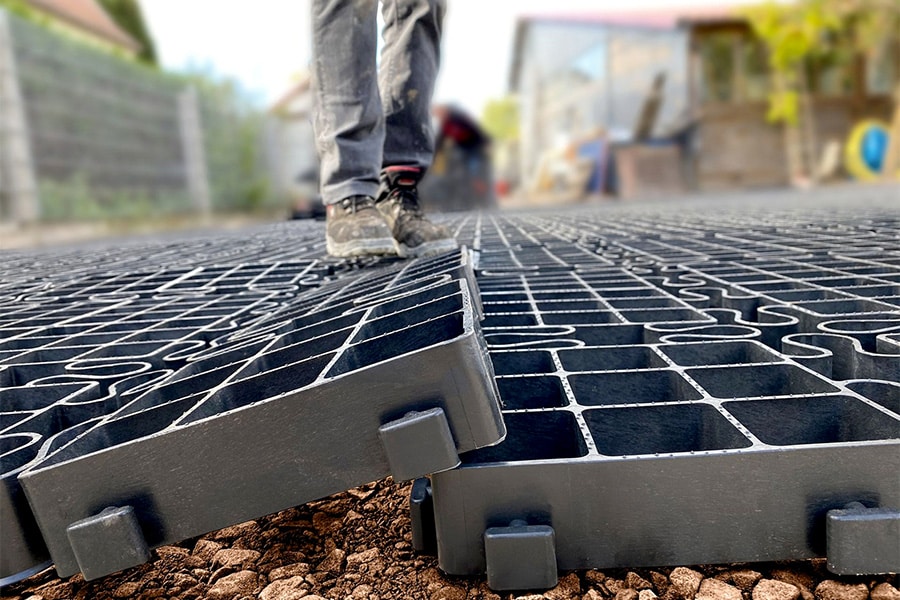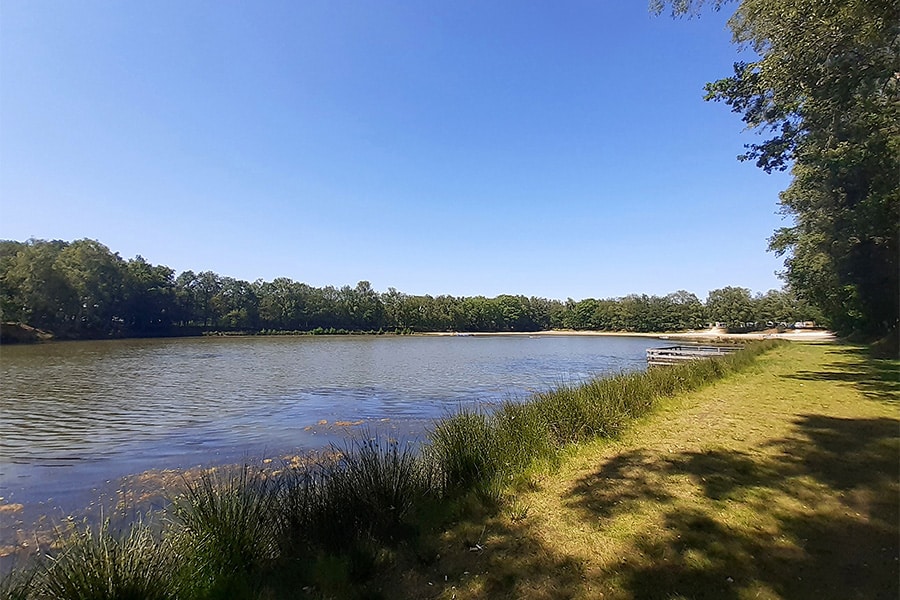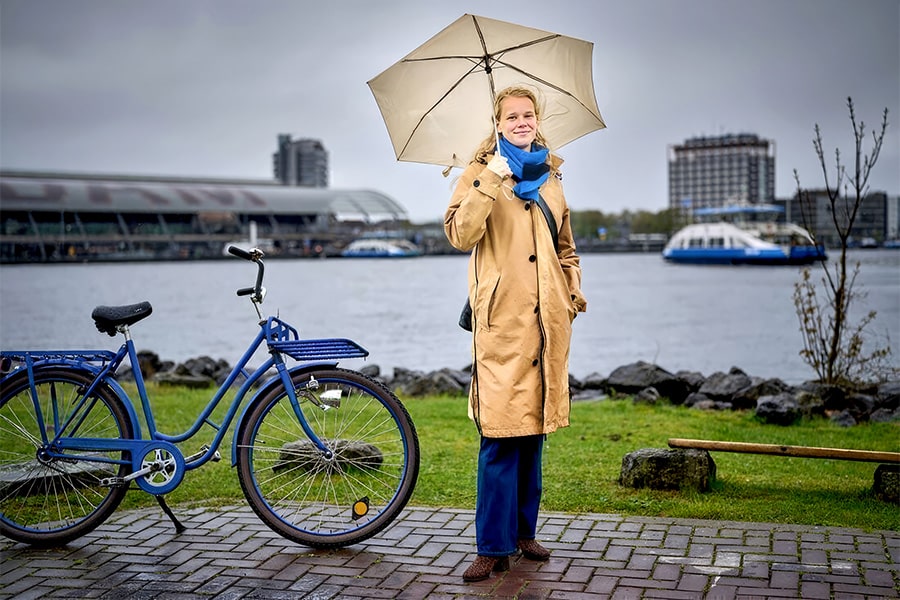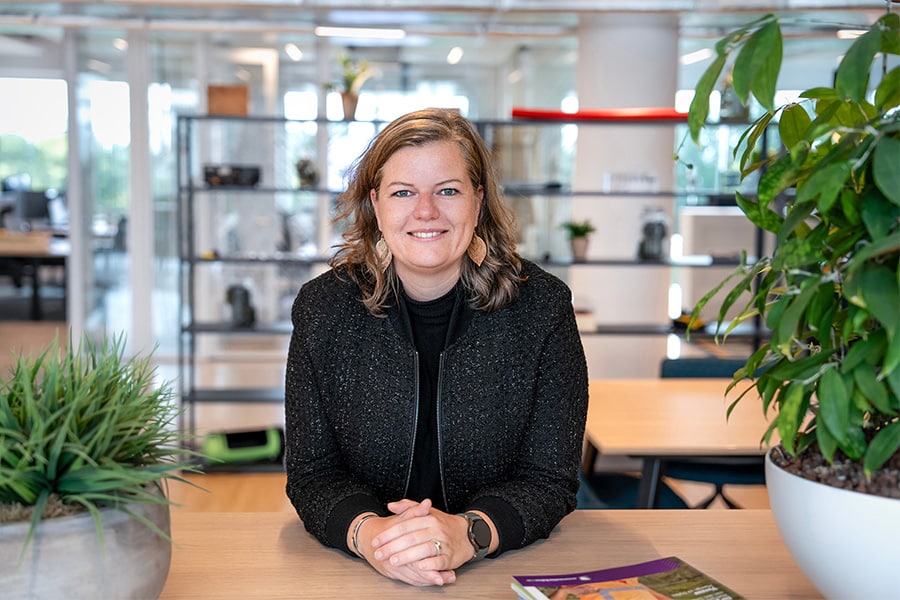
Foundation and concrete structures controlled elevators with
minimal nuisance
For almost thirty years URETEK has been bringing subsided foundation and concrete structures back in line. The injection method is unique in its kind and eminently suitable to elevator, in a short time and with minimal inconvenience, for example, a subsided railroad crossing, harmlen plates, a tramway or baffle plates of bridges and viaducts in a controlled manner. An interview with Arend Knufman, Technical Manager at URETEK Benelux about the unique injection technique.
The revolutionary method for lifting subsiding foundation and concrete structure is based on an injection technology with an expansive 2-component resin. This resin constitutes the "secret of the blacksmith. "The resin takes on as much as 33 times its own volume within 15 seconds. Thanks to this enormous expansion force, we are able to elevator structures of up to 50 tons/m2. So things have to go very crazy for it not to work," says Knufman. "Our vehicles are equipped with two injection guns so we can correct the misalignment of a foundation or concrete structure quickly and in a controlled manner on site."

Three variants
URETEK distinguishes three variants: deepinjection, powerpile and floorlift. "The first was specially developed to stabilize subsided foundations of objects founded on steel, while with the powerpile method we focus mainly on correcting subsided and unstable foundations on weak clay and peat soils," Knufman explains. "Finally, the floorlift method is very versatile and suitable for correcting subsidence in concrete structures. Think of (company) floors, stabilizing joints and dilations, machine foundations, road pavements and railroads. By applying the injection resin directly under the concrete structures, they are stabilized or lifted to the original level. The latter is a particularly popular application in the infrastructure sector. Infrastructure contractors make grateful use of our fast and effective injection techniques."

Years of expertise
With floorlift method, URETEK Benelux drills small holes of only 12 millimeters through the concrete structure in a specific pattern. "The latter obviously depends on the nature of the subsidence," continues Knufman. "Through those holes, our expansive 2-component resin is applied. Any voids under the concrete structure are filled, the soil underneath compressed, and then we raise the structure in a controlled manner. Depending on the scope of a project, it takes a matter of a few hours to get, for example, harmony slabs at a railroad crossing back in line. Keep in mind that we are dealing with considerable weights. Harmelen plates are often 2.5 meters wide, 6 or 9 meters long and 60 centimeters thick. Lifting these structures requires considerable expertise and experience, but you can leave that to our people. We correct the misalignment to the nearest half millimeter. As we wrap our equipment, the resin is already cured for 90%. The lifted structure is rideable almost immediately."

In a rail environment where work is mostly done in limited out-of-service hours, the floorlift method adds great value. Knufman: "Correcting in a traditional way is many times more time and labor intensive. That often does not fit into the planning. Moreover, downtime is becoming shorter and shorter. The same method also lends itself perfectly to underfilling and lifting butt plates on bridges and viaducts." The injection technique is applicable in virtually all types of soil layers, is reliable, fast and causes minimal inconvenience.



